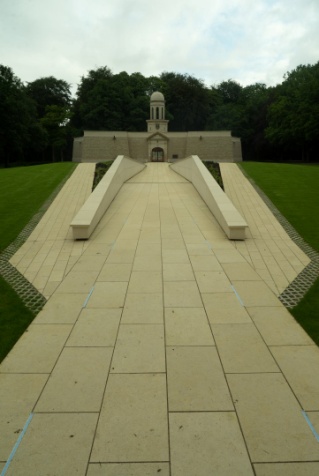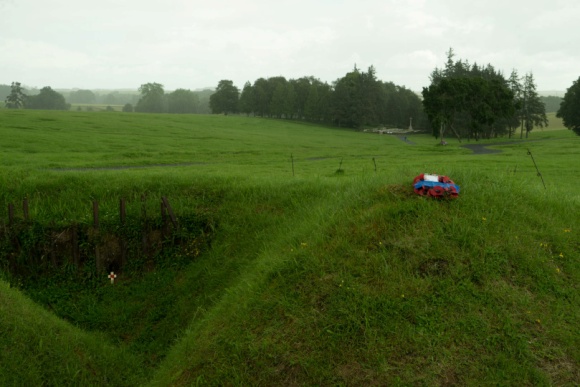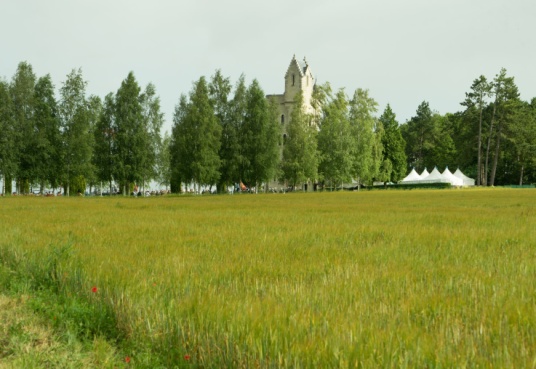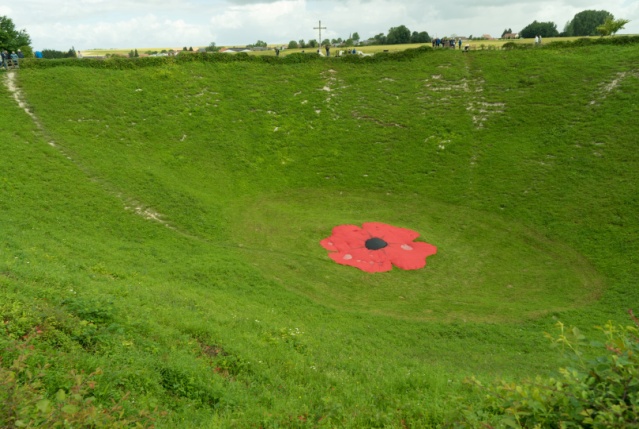The Battle of The Somme

Without doubt the battle of the Somme was the bloodiest battle fought by Britain and her Allies. Three million soldiers faced each other from their fortified trenches along a thirty-mile length of the Somme valley.
From 1914 until 1916, only small-scale skirmishes had taken place along the Somme but the British line had secured the defences to the important channel ports. France was near to capitulation by early 1916, having lost over 500,000 troops; the Germans had threatened to bleed France white around the area of Verdun.
The British government insisted that Douglas Haig, Commander in Chief of British troops, bring forward his planned offensive and thus relieve the French at Verdun and divert German resources by advancing on the line of the Somme.
In 1916, British volunteer troops were ill-trained and ill-prepared to fight the highly skilled German soldiers who fought with superior equipment. The British military command under estimated the German armed forces and its defences.
The German trenches stretched from the Channel to the Swiss border, were well built, in many places in concrete and to a depth of three storeys with highly developed communications systems.
Planned to commence on June 28th, the offensive was delayed due to exceptionally bad weather.
Following a week-long bombardment consisting of 1.75 million shells the British forces advanced on 1st July 1916, to break the wire and demoralise the enemy.
The signal to commence the offensive was the detonation of 16 large mines along the line, to be timed at 7.30am. Within minutes, troops emerged from their trenches and advanced across muddy fields pitted with shell craters. The whole area was described by troops as land of foul brown mush, which swallowed everything’. Within the first 24 hours, losses had reached 60,000 with 20,000 dead ” the highest ever loss sustained by a British army in a single day.
Following initial damage, the progress on the German strongholds became exceptionally slow. By December 1916, the allies had advanced only 7.5 miles. The sacrifice for this advance alone consisted of 1,250,000 wounded, killed or missing in action.
Whilst casualties had been predicted, and preparation made to return the wounded to the U.K., the numbers were overwhelming. Many troops killed at the front were buried near, or close to the where they fell, whilst the wounded were transported to Casualty Clearing Stations and then across the Channel. Many of the college men who were wounded died on route and are buried in Commonwealth War Cemeteries close to the Channel ports.

If any success can be attributed to the battle of the Somme, it was that France remained a member of the Triple Entente and her troops assist in the eventual surrender of the Germans, but not before many more millions perished.


Researcher and Author: Peter Lidgitt
